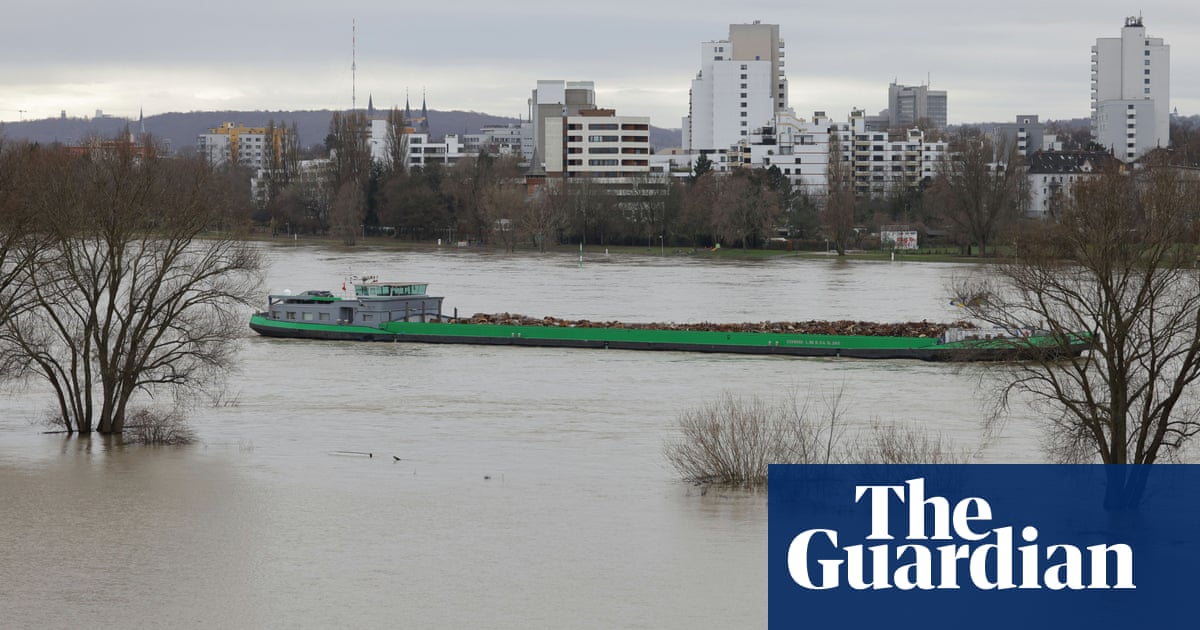
Southern and eastern Europe will continue to experience a heatwave throughout much of this week, with daytime temperatures across the Balkans widely reaching the high 30s to low 40s celsius; more than 7C above the seasonal norm. Night-time temperatures will also remain elevated, often well into the 20Cs.
And in densely urbanised areas such as Athens, Greece, night-time temperatures are forecast at or above an uncomfortable 30C due to the urban heat island (UHI) effect. During a heatwave, the UHI effect intensifies urban temperatures because heat-absorbing materials, reduced vegetation and human activities retain the sun’s warmth overnight, which leads to increased health risks and energy demands.
The national weather services of several countries have issued excessive heat warnings and heat advisories for this week. The intense heat is expected to gradually subside towards the end of the week, with thunderstorms and cooler conditions anticipated across the Balkans by the weekend.
Officials are also warning about an increased wildfire risk due to prolonged dry and warm conditions coupled with low humidity levels. Last week, authorities in Albania requested assistance from the EU to help tackle wildfires in the district of Dropull, about 250km south of the capital, Tirana. Numerous wildfires ignited in Greece and various regions of the Balkans and eastern Europe over the weekend.
Greek officials have indicated the country is experiencing its most severe wildfire risk in two decades this summer, after a mild and predominantly dry winter and spring, which have rendered vegetation extremely flammable. The drier than normal conditions over the past several months have also led some water reservoirs to hit their lowest levels over the past decade, raising the risk of potential water restrictions during the peak of the tourism season, especially in some Greek islands.
The early formation of storms such as Alberto, Beryl and Chris in late June and early July was facilitated by warm waters and a lack of dry air in the mid layers of the atmosphere. However, since Beryl’s track through the Caribbean and into the Gulf of Mexico, the Atlantic basin has been relatively quiet. Sometimes dry Saharan air can inhibit the formation of tropical disturbances and cyclones which rely on a moist atmosphere for storm development, leading to a reduction in tropical weather activity in the Atlantic Ocean. This will apparently be the case over the next few weeks when there will be fewer cyclones due to the persistent dry air and dust from the Sahara.












